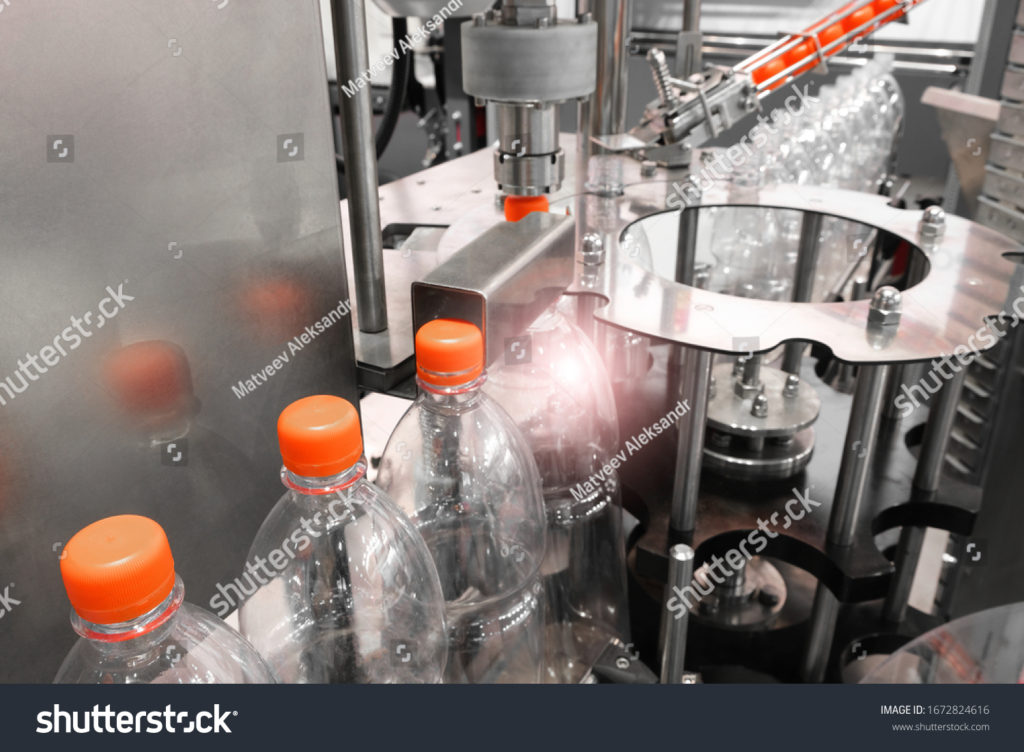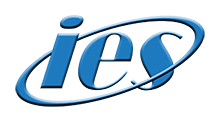
The Task
Henkel manufactures universal Super Glue bottle caps at one of its facilities in Ireland. These caps are shipped worldwide to their bottling facilities for fitting onto different bottles in sizes up to 50 ml.
The task for IES was firstly to replace all manual testing for leaks, and then to carry out the necessary height checks to 100% efficiency – without increasing the machine cycle time.
The Challenge
Should a leak be detected after the bottles have been filled, the entire batch has to be scrapped. This leads to waste costs in terms of millions of euros. But while ensuring that the possibility of leaks was to be eliminated, shutdown time needed to be kept to a minimum.
No engineer likes unscheduled stoppages in machine time, and the IES teams, being engineers themselves, regard the smooth and speedy return to normal running as a top priority.
The Strategy
IES designed and supplied a fully integrated testbed, which incorporated both the mechanical assembly and the controls on one superstructure. This testbed was designed to fit within the operational envelope of the existing machines. The pneumatic testing system included an option for both high-pressure and low-pressure testing, together with pressurisation and leak-checking capability for every individual cap. The testbed also included a digital fiber-optic system to check the measurements of the bottle caps.
IES used a state-of-the-art four-axis motion control system in order to achieve the maximum speed and efficiency in driving the test carriage from the home position through the four alternatives:
- Service
- Test
- Pass and
- Fail
The control system needed to apply the best in human-machine interfaces in order to identify the project manager’s tasks in the most effective manner. Henkel uses twenty-four moulds, all of which needed the motion control, pneumatic operations and optical measurements to be monitored and controlled.
The pass/fail statistics needed to be provided with complete accuracy in order to inform the decisions of the Project Managers. IES used a Programmable Logic Controller for this purpose.
Implementation of the design therefore required:
- A pneumatic system, with high/low-pressure option giving pressure and leak checking of every individual cap
- A digital Fibre Optic detection system for height measurement checks
- A 4-axis motion control solution to drive the test carriage between Home / Service / Test / Pass / Fail Position
- An Overall PLC & HMI based control system that would control and monitor the motion control, pneumatic operations, optical measurements and provide Pass / Fail results.
The Design and Implementation Teams
A multi-disciplinary team was required for this task. The problem had to be analysed, and the bespoke solution needed to be sufficiently flexible to allow it to be re-engineered for similar applications, as and when necessary. The client also required the potential for expansion to include vision systems for future quality-control issues.
Here we had engineers working alongside engineers, and implementation is always easier when the client and the team speak the same language. The goals were clear, the targets were understood, and everything ran smoothly.

The Outcome
Henkel’s system produces twenty-four caps every twenty-eight seconds, which averages three thousand caps per hour. With the failure of a single cap leading to unacceptably high costs, a 100% quality check was essential, and this needed to be achieved without any delay in the production time.
The IES system can reject an individual cap should it fail on any one of the three tested parameters; pressurisation, leak or height. The required high accuracy rate was achieved.
IES’s system also provides pass and failure rate statistics on each of the twenty-four moulds. This is of great benefit to the maintenance personnel, offering an early warning system, which can avoid expensive shutdowns, and will almost certainly inform and direct future design and development.
Did You Know?
Glass bottles were first introduced into the British Isles by the Romans, in about 100 AD. They were blown individually, were probably used for wine or oil, and were stoppered with leather and wood. Even then, leakages and other failures would have been seen as unacceptable, and there was testing. The engineer held the bottle upside down, or at an angle, and watched for drips. It was an effective optic control system, but the quantities involved were less challenging 🙂
Super glue is used by reptile keepers to mend broken tortoise shells.
The Henkel company was founded in 1876, in Aachen, Germany. Its first product, “Universalwaschmittel”, was a universal detergent.
